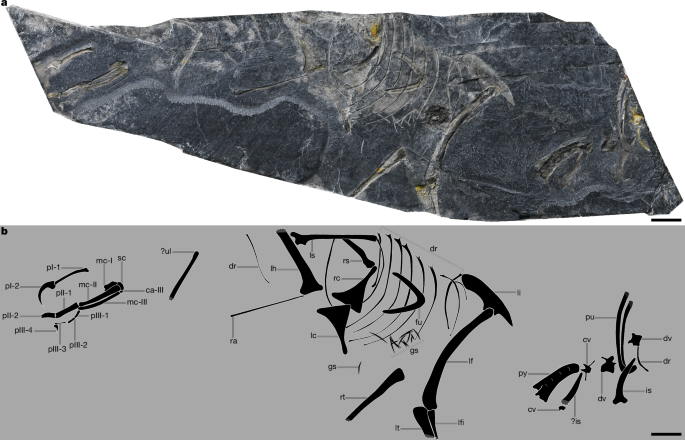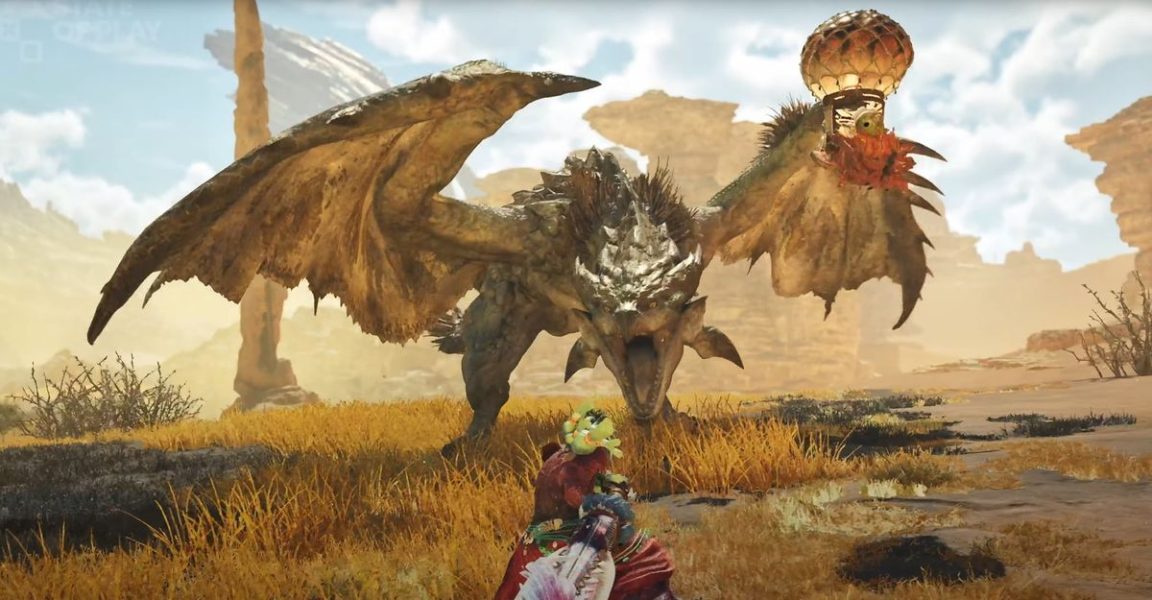This Little-Known Scientist May Have Unlocked the Secret of Life’s Origins on Earth 50 Years Ago, but Was Buried by History – The Daily Galaxy –Great Discoveries Channel

For decades, a little-known scientist worked in obscurity, proposing a radical idea about the origins of life. His theory, dismissed and forgotten, challenged everything we thought we knew. Now, researchers are rediscovering his work—and the implications are astonishing. What if the secret to life was uncovered long ago, only to be ignored?The story of Tibor Gánti is one of a visionary scientist who remained in the shadows for far too long. As the scientific community continues to unravel the origins of life, his work provides a compelling and ambitious answer. His concept of the chemoton, formulated more than 50 years ago, could have revolutionized biology—if only it hadn’t been overlooked for decades.When Tibor Gánti passed away on April 15, 2009, at the age of 75, few outside Hungary knew his name. Yet, his chemoton model, developed in the 1970s under the constraints of the Soviet-dominated Hungarian regime, might be one of the most comprehensive theories explaining the emergence of life on Earth.Isolated behind the Iron Curtain, Gánti’s work remained largely inaccessible to the global scientific community. His seminal book, Az Élet Princípiuma (The Principles of Life), was published exclusively in Hungarian and wouldn’t be translated until decades later. Meanwhile, other hypotheses—most notably the RNA World Hypothesis—gained traction and dominated research on life’s origins.Today, however, scientists are finally revisiting his ideas. And they are more relevant than ever.At the heart of the debate on the origin of life lies a fundamental question:What defines life?For Tibor Gánti, a living system must possess three essential components:In other words, life is not just about DNA or proteins but about how these elements interact in an organized system. This fundamental unit of life, as defined by Gánti, is what he called the chemoton.But his model goes beyond Earth. It provides a framework for astrobiologists searching for alien life, offering a universal definition of life that is not tied to specific molecules like DNA or RNA, but rather to an overarching organizational structure.Despite its elegance and logical coherence, the chemoton model remained largely unknown for decades. But why?First, the scientific world of the 1970s was heavily focused on genetics. The discovery of DNA had shifted priorities, and researchers were primarily looking for self-replicating molecules that could explain life’s origins. Gánti’s holistic approach, which emphasized an entire system rather than just one key molecule, went against the prevailing trends.Second, Gánti himself was not the easiest person to work with. Described as stubborn and difficult, he fiercely defended his model and was reportedly “impossible to work with,” as noted by Eörs Szathmáry, a Hungarian evolutionary biologist from the Centre for Ecological Research in Tihany, Hungary. This attitude may have contributed to the slow adoption of his ideas.Finally, politics played a role. Gánti worked under the constraints of the Hungarian People’s Republic, an Eastern Bloc state heavily influenced by the Soviet Union. This isolation meant that his research had limited exposure outside of Eastern Europe, while Western scientists continued their work largely unaware of his contributions.Despite decades of obscurity, the chemoton model is now being revisited by scientists who see it as a crucial piece of the puzzle in understanding life’s origins.Recent experiments have demonstrated that protocells, which bear striking similarities to the chemoton, can be synthesized in the lab. Researchers like Jack Szostak at Harvard Medical School and Taro Toyota at the University of Tokyo have successfully created simple cell-like structures capable of growing and dividing spontaneously, an important step toward artificial life.Moreover, a 2023 study led by Sara Szymkuć from the Polish Academy of Sciences in Warsaw showed that, with just six basic chemicals, it is possible to generate tens of thousands of key biomolecules, including the building blocks of proteins and RNA. This discovery challenges the notion that life’s emergence required an improbable combination of rare molecules. Instead, it suggests that life could have formed more readily than previously thought, aligning closely with Gánti’s integrated view of biochemistry.The story of Tibor Gánti underscores a fundamental truth in science: groundbreaking ideas sometimes take decades to gain recognition. Today, his theories are gaining momentum, as synthetic biology and astrobiology explore new ways to understand life.If Gánti was right, then life isn’t just a set of self-replicating molecules, but a complex, interconnected system that must function as a whole. This concept could reshape our understanding of biology, guide future experiments on the origins of life, and even help us detect extraterrestrial life forms beyond Earth.As James Griesemer, a philosopher of science at the University of California, Davis, puts it:“Life is not proteins, RNA, or lipid bilayers. But then what is it? Life is all of these things connected in the right kind of organization.”The legacy of Tibor Gánti may have been buried for decades, but it now has the potential to revolutionize how we define and search for life itself.This article has been republished from the following materials. Note: material may have been edited for length and content. For further information, please contact the cited source.Got a reaction? Share your thoughts in the commentsEnjoyed this article? Subscribe to our free newsletter for engaging stories, exclusive content, and the latest news.What’s with the weird bold-font typography?Life is an aggregation of amino acids that eventually become proteins and then living cells. The first step is crucial . A series of peptide bonds must be made. They require the input of energy with the release of water…a process that must continue through a series of heating and drying, wetting and cooling. It can’t be done underwater nor can it continue on dry land. And neither can be accomplished under the Sun’s damaging UV radiation. So, it’s an oxygen-ozone connection that made life possible, The photodissociation of water in the stratosphere with the loss of light hydrogen to space.Comment Save my name, email, and website in this browser for the next time I comment.
© 2024 | Daily Galaxy | All rights reserved






